Quick Reads
What’s the secret theory behind the most popular product hits of all time?

The theory behind some of the massive product hits isn’t that surprising, it’s rather familiar
Why do we like what we like? We are living in an era, where we witness something new every day. But humans intrinsically don’t actually like new things. In reality, we really hate it. Let’s imagine, listening to a new song for 1 minute and then skipping it because you didn’t like it that much. You go to a nearby store and listen to that song again. Now you think that the song wasn’t that bad. The effect is called the “Mere Exposure Effect” and it is the idea behind the massive product hits of all time. The more someone is exposed to a certain stimuli, there are more chances of them getting familiar with that stimulus. Obviously we like to discover new music but the songs that we enjoy are the ones we are more familiar with. People won’t like new things if they don’t have any similarity with the old things. So how do Brands manage to maintain a balance of familiarity with novelty?
Let’s get back to music again.
In 2015, Spotify Launched a feature called “Discover Weekly” in which they would make a new playlist of 30 songs for its users every Monday. The songs were the ones that the user hadn’t ever listened to. But during the initial stages of testing there was a bug in the algorithm which let old songs (to which the user was already familiar with) slip into those lists.

The bug was fixed after they noticed it. But by the result of that the engagement of the app decreased. It made Spotify understand that it was that significant amount of familiarity in this “Discover Weekly” feature that made it popular.
This theory is called MAYA (Most Popular, Yet Acceptable) which was given by the father of industrial design, Raymond Loewy. People are curious about discovering new things but too much surprise and novelty will fear them and there is a fine line that needs consideration.
The same MAYA was the principle behind the innovation of Coca-Cola Bottles, Sports cars and even NASA’s first orbiter’s interior design.
There is Neophilia, which is the curiosity and love for discovering new things and there is Neophobia on the other hand which is conservativeness and fear of something that’s too new. And great ‘Hits’ lies somewhere in the middle of familiarity and novelty. Keeping it balanced with what is known and what is surprising was well understood by Raymond Loewy.
Also Read: How Cartoons became a medium of Allied Propaganda during the Second World War?
Beauty
Weekly Pop Culture Recap: Oscar Nominations Break Records, Sabyasachi Celebrates 25 Years in Fashion and more.

Catch up on the must-know moments from this week in pop culture. Scroll down to see all the major highlights.
This week in pop culture has been packed with exciting updates that have captured global attention. From history-making Oscar nominations to major milestones in the fashion industry, the spotlight has been on some truly groundbreaking moments. Whether you’re a fan of cinema, fashion, or both, there’s plenty to keep you buzzing. Catch up on the biggest highlights you don’t want to miss!
2025 Oscar Nominations Announced
The 97th Academy Awards nominations were announced on January 23, 2025, showcasing a diverse lineup of films and performances. The ceremony will take place on March 2, 2025. Leading the nominations is the Spanish-language film Emilia Pérez with 13 nods, marking a historic moment as it becomes the most-nominated non-English-language film. Among the nominations, Karla Sofía Gascón has made history as the first openly transgender performer to be nominated in an acting category.
Other notable films include The Brutalist and Wicked, each receiving 10 nominations, including Best Picture. The Substance, directed by Coralie Fargeat, has also garnered attention, with Fargeat being recognized in the Best Director category. Fernanda Torres, nominated for I’m Still Here, becomes the second Brazilian actress to receive a nomination in this category, following her mother, Fernanda Montenegro, in 1999.
International cinema has a strong presence this year, with Latvia’s Flow earning nominations for both Best Animated Feature and Best International Feature Film, a rare accomplishment. The nominations reflect a growing emphasis on global cinema and inclusivity in the awards.
Sabyasachi Mukherjee Celebrates 25 Years in Fashion
Renowned Indian designer Sabyasachi Mukherjee marked the 25th anniversary of his brand with a star-studded fashion show in Mumbai. Bollywood actress Deepika Padukone opened the event, donning a monochromatic white ensemble that garnered significant attention. The celebration was attended by numerous celebrities, including Alia Bhatt, Sonam Kapoor, and Ananya Panday, highlighting Sabyasachi’s influential presence in the fashion industry.
Louvre to Host Louvre Couture
The Louvre Museum in Paris is set to host an extraordinary exhibition, Louvre Couture, bringing together the worlds of high fashion and fine art. This exhibit, slated to open later this year, will showcase iconic fashion pieces inspired by or directly influenced by the museum’s rich art collection. Accompanying the exhibition is Le Grand Dîner, a high-profile gala that will blend the glamour of the fashion world with the cultural gravitas of the Louvre.
This event underscores a growing trend where fashion exhibitions have become a major draw for museums worldwide. Historically, institutions like New York’s Metropolitan Museum of Art, spearheaded by figures such as Vogue’s Diana Vreeland, pioneered the concept of fashion as a legitimate form of art to be displayed in museums. These exhibitions, including the Met Gala’s annual themed displays, have demonstrated how the synergy between art and fashion can captivate diverse audiences while being highly profitable.
Fashion exhibitions today are not only cultural phenomena but also lucrative ventures. Museums have increasingly embraced these showcases to attract younger, fashion-forward audiences and secure significant sponsorships from luxury brands. In turn, these brands gain prestige and visibility, aligning themselves with the cultural cachet of historic institutions. Events like Louvre Couture and the annual Met Gala prove that the intersection of fashion and art is a win-win for cultural enrichment and commercial success.
Coldplay’s Historic Return to India
Coldplay’s “Music of the Spheres” World Tour marked a triumphant return to India in January 2025, with the British rock band performing three sold-out concerts at Mumbai’s DY Patil Stadium on January 18, 19, and 21.
The concerts featured a mix of Coldplay’s classic hits and newer tracks, accompanied by impressive light displays and interactive elements that enhanced the audience experience. The band’s commitment to sustainability was evident, as they continued their efforts to reduce the environmental impact of their performances. These concerts were part of Coldplay’s ongoing “Music of the Spheres” World Tour, which has been recognized as one of the most successful tours by a group. The success of Coldplay’s concerts in India underscores the growing enthusiasm for live music among young, affluent Indians, contributing significantly to the country’s live entertainment market.
Also Read: Meta Phases Out Fact-Checking and Adopts a Community-Driven Approach similar to X
Follow us for more @Discultured
Quick Reads
All that you need to know about Uttar Pradesh’s Digital Media Policy 2024 and what’s in it for Influencers

On August 28th, Uttar Pradesh Government introduced a new digital media policy with strict regulations and enticing incentives for influencers.
The Uttar Pradesh government, under Chief Minister Yogi Adityanath, has introduced the Uttar Pradesh Digital Media Policy, 2024 on August 28th. This new regulation introduces rigorous measures to control online content and also reward the influencers through incentive programmes. Approved by the state cabinet, this policy aims to address both content regulation and influencer engagement comprehensively.
Severe Penalties for Anti-National Content
A major component of the new policy is its strict approach towards content considered ‘anti-national.’ Those found posting such material could face severe penalties, including imprisonment from 3 years to life. Additionally, the policy provides for criminal defamation charges against people disseminating obscene or defamatory content, further tightening control over digital expression.
What’s in it for influencers?
The policy introduces financial incentives for influencers promoting state government programs. The digital agency ‘V-Form’ has been designated to manage this initiative. Influencers will be categorized based on their follower count, and those creating content that supports government schemes will receive substantial payments.
Payment Structure for Different Platforms
Influencers on platforms like X, Facebook, and Instagram will benefit from monthly payments of up to ₹5 lakh, ₹4 lakh, and ₹3 lakh, respectively. YouTube influencers will see different payment structures depending on their content type. For instance, those producing standard videos can earn up to ₹8 lakh per month, while creators of short films, podcasts, and other formats will receive up to ₹7 lakh, ₹6 lakh, and ₹4 lakh, respectively.
Overall, Uttar Pradesh Digital Media Policy, 2024 is about to bring a significant shift in how digital media is regulated within the state. By imposing strict content controls and offering substantial financial rewards to influencers, the policy seeks to harness social media’s potential to promote government initiatives while maintaining stringent oversight on online content.
Also Read: Instagram Introduces Multi-Audio Tracks for Reels
Follow us for more @Discultured
Pop Culture
Now You Can Learn Music on Duolingo—Here’s How!
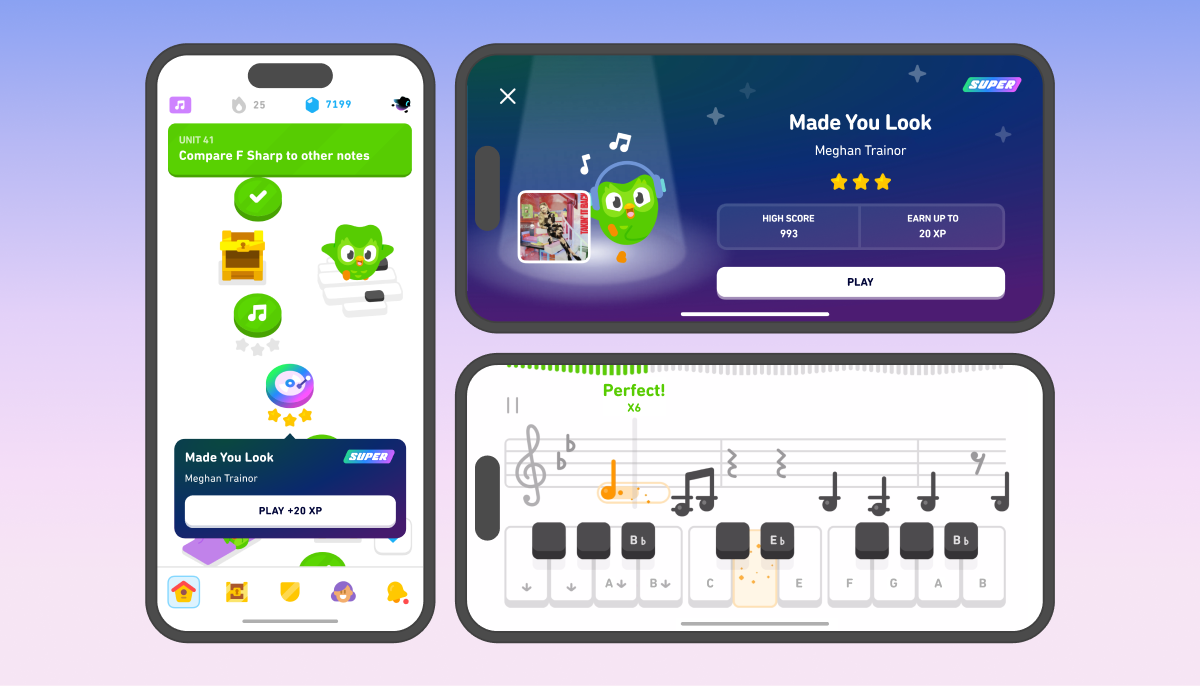
Learn music with your favorite songs! Duolingo and Sony Music have joined forces to make your music lessons more fun and engaging. Here is everything that you need to know!
Imagine learning to play music with your favorite songs guiding you through each lesson. Duolingo, known for making language learning fun and accessible, has now set its sights on music education. On August 16th, they announced an exciting partnership with Sony Music, aiming to bring some of the world’s most popular songs right into their Music course. This new feature adds over 60 songs from artists like Hozier, Meghan Trainor, and Whitney Houston, allowing learners to dive into music theory by practicing with tunes they already know and love. Whether you’re learning to read sheet music or mastering the digital piano, these familiar tracks make the process more enjoyable and engaging.
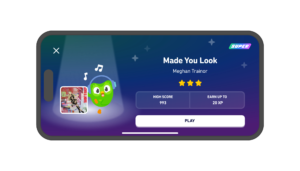
George Audi, Head of Business Development at Duolingo, explained that this partnership is all about making learning both effective and fun. “We’re thrilled to collaborate with Sony Music to offer our learners a selection of hit songs they can learn to read and play,” he shared.
Jessica Shaw, Senior Vice President of Sync Licensing at Sony Music, added, “Partnering with Duolingo allows us to introduce our artists’ music to a new audience, fostering learning and cultural exchange through the universal language of music.”

With these popular songs integrated into the lessons, Duolingo hopes to make music education not only more accessible but also more delightful for millions of learners around the world.
Also Read: Instagram Introduces Multi-Audio Tracks for Reels
For more, follow us:- @dis_cultured
-

 Beauty11 months ago
Beauty11 months agoKaftans: The New Festive Staple Taking Over Indian Wardrobes
-

 Fashion10 months ago
Fashion10 months agoThe NOU Walk Of Life : New Talk of Town in Luxury Footwear
-
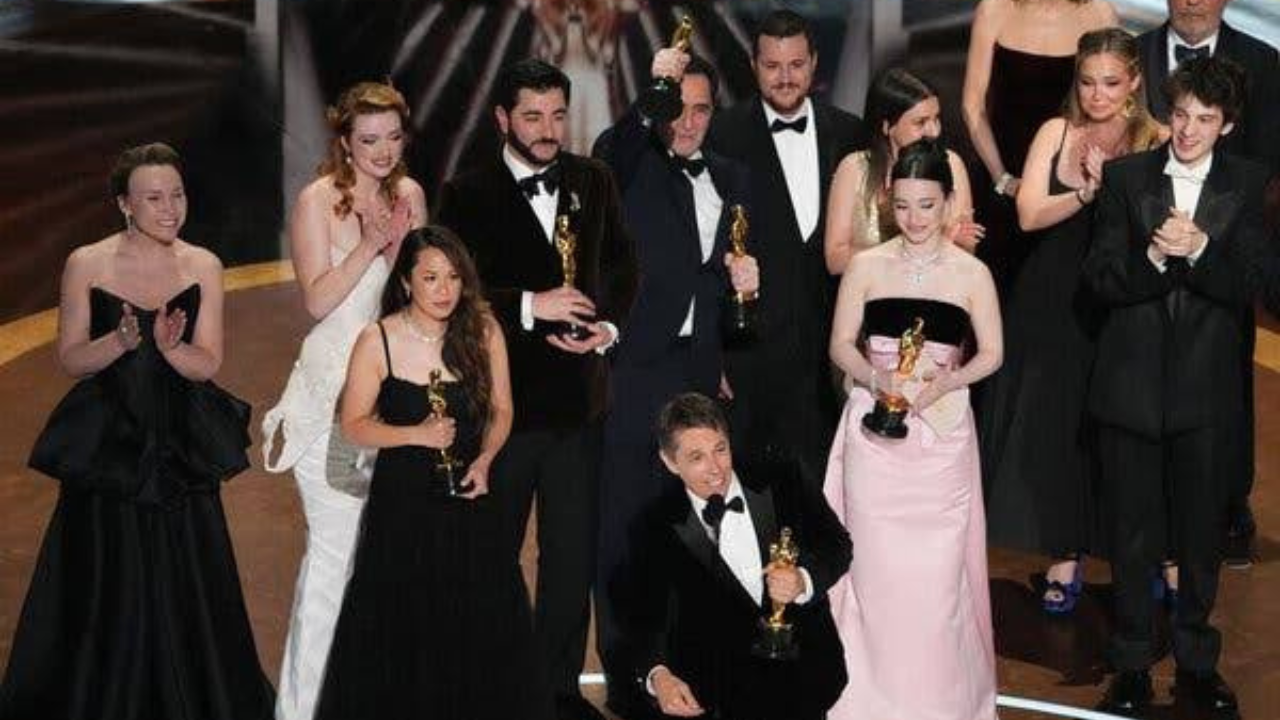
 Events6 months ago
Events6 months agoThe Most Memorable Highlights from the 2025 Academy Awards
-
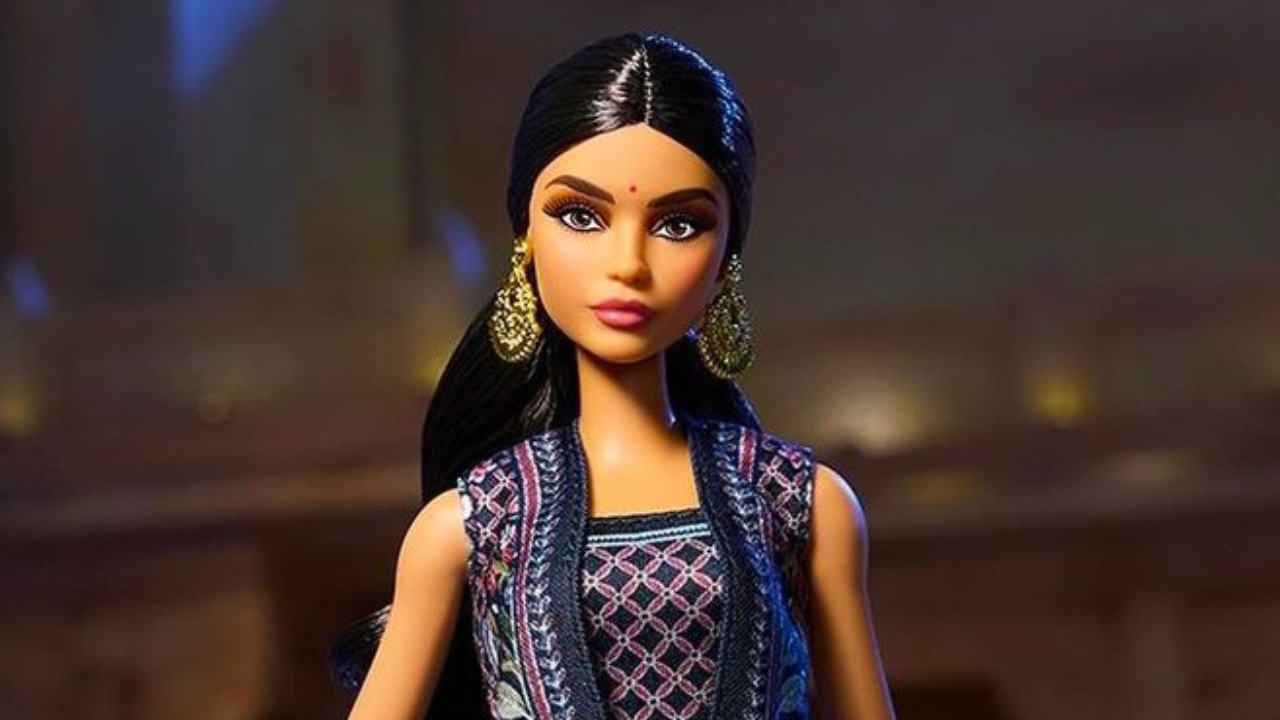
 Pop Culture11 months ago
Pop Culture11 months agoWhy We Need Representation in Toys: The Case for Diwali Barbie and Beyond
-
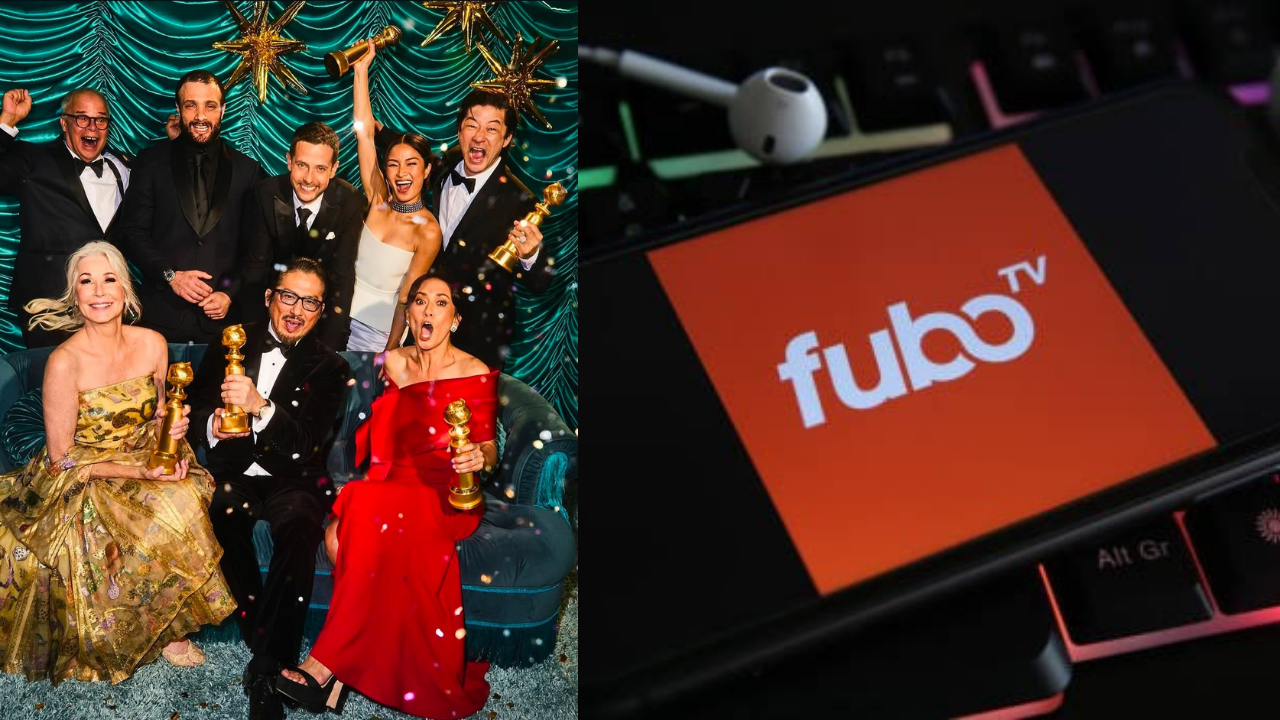
 Events8 months ago
Events8 months agoWeekly Pop Culture Recap: Talkworthy Highlights from the 82nd Golden Globes Awards, Disney’s Merger with FuboTV and Much More
-
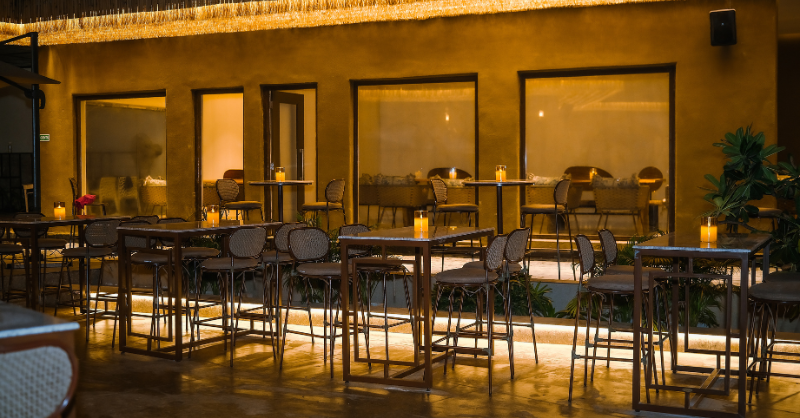
 Events10 months ago
Events10 months agoDorsia, Gurgaon’s One Of The Biggest BYOBs
-

 Fashion5 months ago
Fashion5 months agoYour Wardrobe Might Be Reflecting a Recession
-

 Social8 months ago
Social8 months agoMeta Phases Out Fact-Checking and Adopts a Community-Driven Approach similar to X












Pingback: Shehan Karunatilaka and his approach to explore the Sri Lankan conflict of the 1980's though "The Seven Moons of Maali" - Discultured